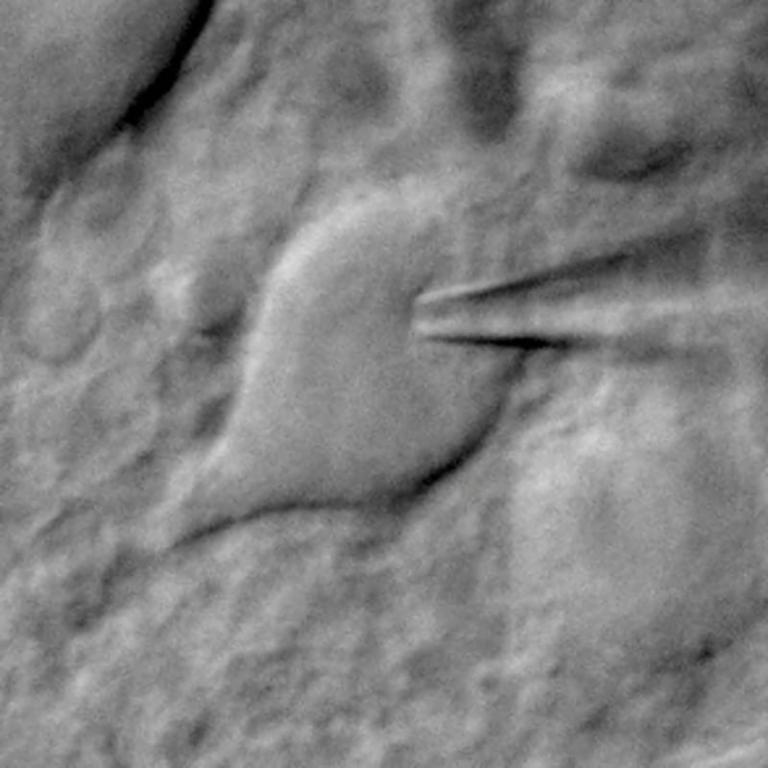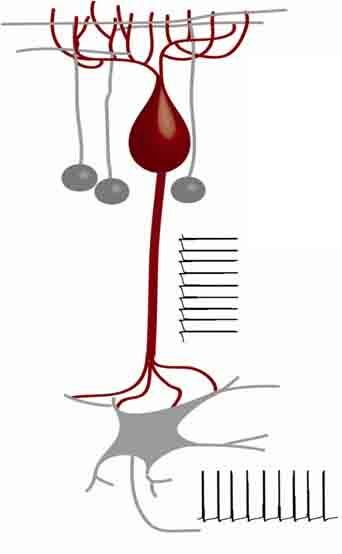We are interested in alterations in cerebellar physiology in the cerebellar ataxias. Defining early physiologic changes in the ataxias is important because such changes represent therapeutic targets for symptomatic and preventive treatment of neurodegenerative disorders. We seek to tie changes in neuronal firing properties to defects in specific ion channel proteins. Currently, no symptomatic or preventive therapies exist for degenerative ataxias. Among the questions that we seek to answer is whether ion channel modulators, by restoring normal physiology, represent viable therapeutic reagents in ataxic disorders.
We use a combination of single cell electrophysiology, biochemistry, and immunohistochemical, targeted genetic delivery in mouse models and behavior testing to investigate the role of ion channels in normal neuronal function and in disease. We use patch clamp techniques in brain slices, dissociated neurons and in cell lines stably expressing ion channel subunits. We use this in combination with histologic techniques and in vivo drug delivery to identify promising treatment candidates. We validate targets and changes in human tissue derived from individuals with spinocerebellar ataxia.
 Patch-clamp of Purkinje Neuron
Patch-clamp of Purkinje Neuron  Purkinje Cells
Purkinje Cells  Cerebellar Neurons
Cerebellar Neurons